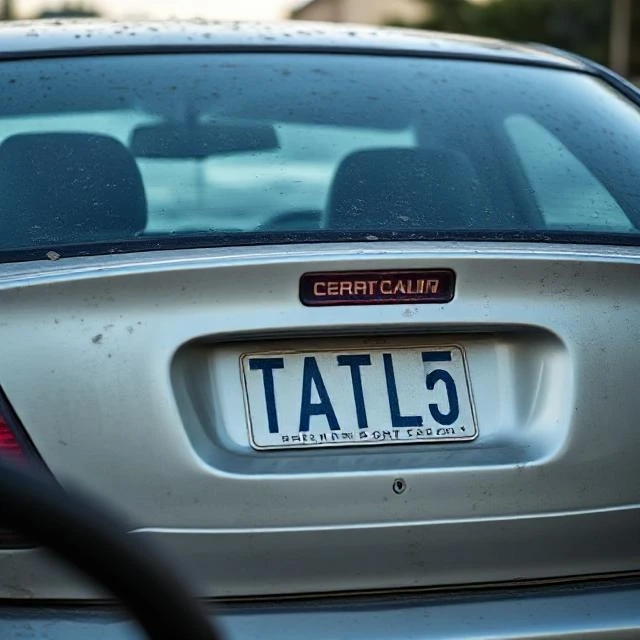Title washing fraud is a deceptive practice where scammers remove a vehicle’s salvage or rebuilt status from its title to make it appear undamaged. This trick allows them to sell wrecked or flood-damaged cars at higher prices, often leaving unsuspecting buyers with unsafe and overvalued vehicles. If you're in the market for a used car, knowing how to spot title washing fraud can save you from costly mistakes. Here are some key tips to help you identify this scam.
1. Check the Vehicle History Report
A vehicle history report from services like Carfax or AutoCheck is one of the best ways to spot title washing. These reports track a car’s ownership history, accident records, and title status across different states. If a car was once branded as “salvage” but now has a clean title, it could be a red flag. Be wary of sellers who refuse to provide a history report or insist on using a lesser-known service.
2. Compare Title and Registration Information
Always compare the title and registration details to ensure consistency. Look for discrepancies in the vehicle identification number (VIN), previous ownership records, or state of registration. If a car has been recently re-titled in another state with no apparent reason, it could indicate an attempt to erase its salvage history. Cross-checking these details can reveal signs of tampering.
3. Inspect the Vehicle for Signs of Previous Damage
Even if the title appears clean, the car itself may show evidence of past damage. Look for mismatched paint, uneven body panels, rust in unusual places, or water damage inside the cabin. A musty smell, damp carpets, or rust under the seats could indicate flood damage. If possible, have a trusted mechanic inspect the vehicle before making a purchase.
4. Verify the VIN on Multiple Parts of the Car
Scammers sometimes replace or alter the VIN to make the car seem unblemished. The VIN should match in multiple locations, such as the dashboard, driver’s side door, and engine bay. If any of these look tampered with, scratched, or inconsistent, the car may have been involved in title fraud.
5. Be Cautious of Too-Good-to-Be-True Deals
If a deal seems significantly cheaper than similar models in the market, proceed with caution. Title-washed cars are often sold at suspiciously low prices to attract quick buyers. Research the car’s typical market value, and if the price is drastically lower, ask why. A seller reluctant to provide a clear explanation could be hiding something.
6. Check State Title Laws and Look for Patterns
Title laws vary from state to state, and some states have looser regulations, making them popular for title-washing scams. If a vehicle has been registered in multiple states within a short period, particularly those known for lenient title branding laws, it could be an attempt to clear its salvage status. Research state-specific title laws to understand potential loopholes scammers might exploit.
7. Trust Your Instincts and Ask Questions
If something feels off about the deal, trust your instincts. Ask the seller direct questions about the car’s history, previous accidents, and title status. If they seem evasive, rush you to make a decision, or refuse to answer specific questions, consider walking away. Scammers rely on buyers who don’t ask too many questions, so staying informed and persistent can protect you from fraud.
By following these tips, you can reduce the risk of falling victim to title washing fraud. Always do your research, verify all documents, and when in doubt, seek professional advice before making a purchase. A little caution now can save you from major financial and safety issues down the road. If you still fall victim to title washing fraud, consult an auto fraud attorney who can help you protect from any financial loss.


